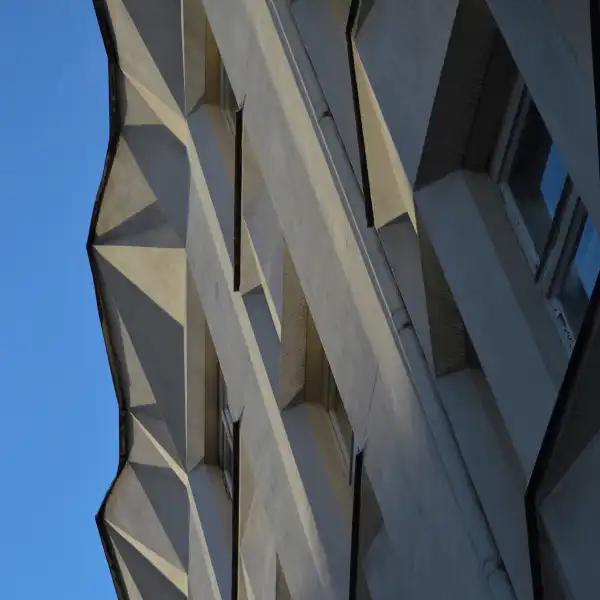Music Route
Sound of architecture
“Architecture is frozen music,” once said Johann Wolfgang von Goethe, and there is certainly some truth to that. These two great arts are very similar in many ways, and architecture filled with columns, windows, and proportional relationships can often be perceived as a musical score with clear rhythm and tempo. Prague is a clear testament to this, and that is why the interplay of architecture and music is the theme of this route created in collaboration with the Center for Architecture and Urban Planning. It will take you to places that are inseparably connected to the music scene and stunning architecture, whether it’s music by Smetana or PSH, functionalism or Rococo. Come with us to explore Prague from the perspective of conductors, musicians, singers, or DJs. From the most famous venues where the history of the Czech nation was written, to small clubs that represent the current trends in the modern music world.
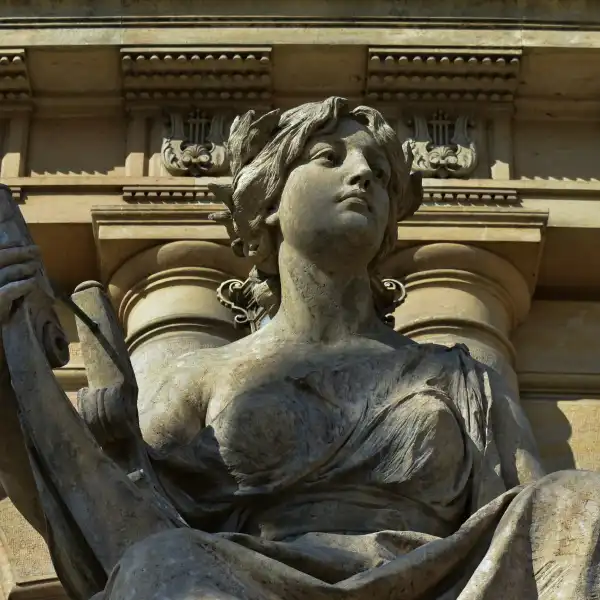
Duration:
44 minut
Number of stops:
6 + 1
Lenght:
3,5 km
MHD start:
Muzeum
MHD end:
Čechův most
The State Opera Prague
Architect: Ferdinand Fellner a Hermann Helmer
Year of completion: 1888
The New German Theatre, German Opera, Theatre of May 5th, Smetana Theatre, and the State Opera Prague. Although it may seem that our capital city is abundant with many opera and theater halls, the mentioned names refer to a single building near the National Museum. Its beginnings are connected to the German community in Prague, who lacked a venue for performances in their native language. At their initiative, a design was created by a proven duo of Viennese architects who creatively combined various architectural styles. While the facade and exterior adhere to strict Neo-Renaissance forms, the interior spaces reflect the grandiose style of Neo-Rococo. The lavishly decorated interior is adorned with numerous golden details and is often considered the most beautiful of all Prague theaters.

The Swim Club
Architect: Eugen Rosenberg
Year of completion: 1937
The Swim Club in Štěpánská Arcade excellently combines dance, music, good food, and functionalist architecture. The apartment buildings at both ends of the arcade contain all the essentials of the so-called emotional functionalism, which can be recognized by the atypical use of materials, such as the polished granite cladding or the combination of chrome steel and wooden window frames. The architects Barbara Rozsypalová and Lenka Ciglerová from the MIAOW studio utilized preserved details of the original structure in 2018 when they were preparing a complete renovation of the former carpet store on the ground floor into the Swim music club. The result is an aesthetically clean two-story space that is free from excessive advertisements and builds upon its functionalist past. A dance floor stylized as a swimming pool, complete with a diving board as a DJ booth, was created in the former boiler room, although such a feature never actually existed in the building’s background.
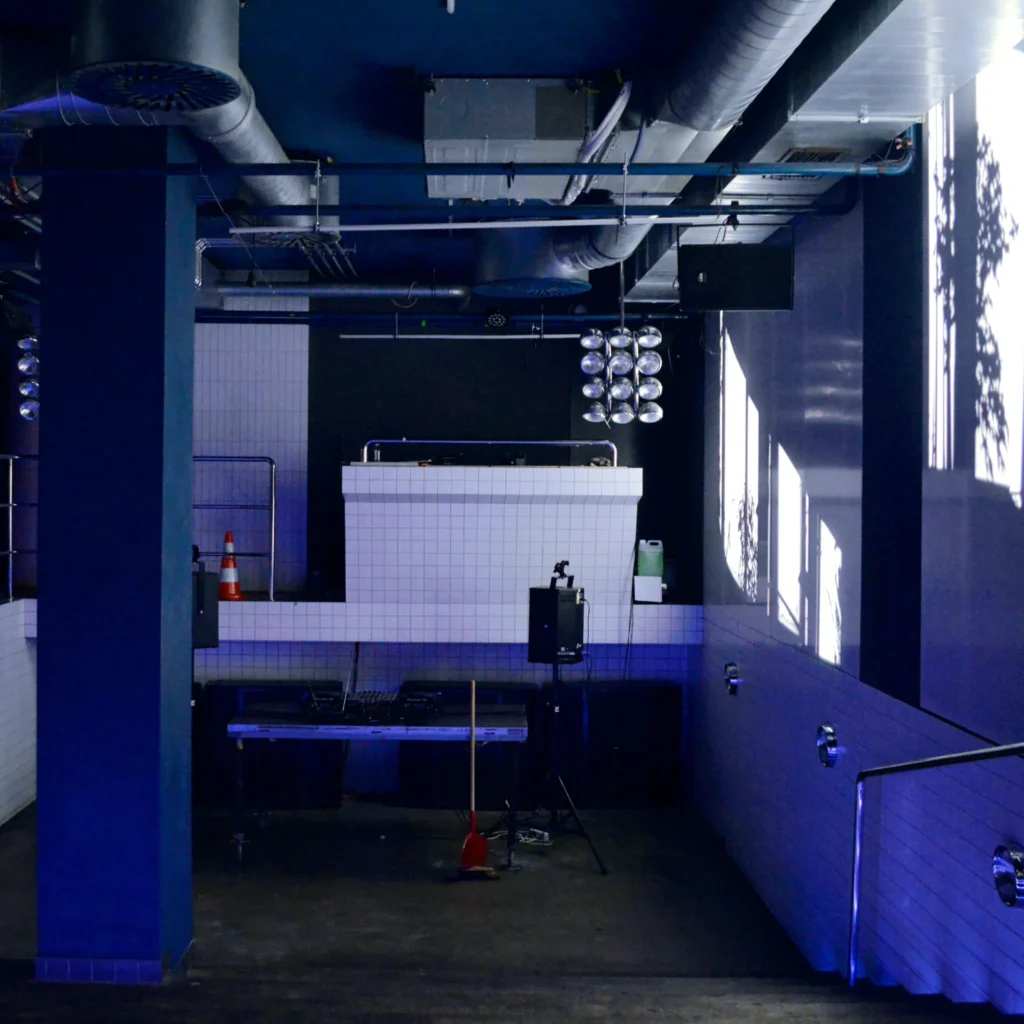
Lucerna Palace and music bar
Architect: Vácslav Havel
Year of completion: 1921
The Lucerna Palace was the first arcade building in Prague, and to this day, it attracts crowds of people seeking culture. It houses a cinema, a theater hall, cafes, and since the end of the 20th century, the Lucerna Music Bar, hidden in the basement of the building. This grand palace was built by the builder and entrepreneur Václav Havel, the grandfather of the first Czech president. The reinforced concrete structure reflects elements of late Art Nouveau and emerging modernism. The glass facade facing Vodičkova Street, consisting of large windows with slender parapet strips made of artificial stone, is likely the work of architect Osvald Polívka, whose design of the double bay windows may have inspired the palace’s name. A real lantern hangs at both entrances to the arcade, and since 2000, its interior has been complemented by David Černý’s sculpture called “Saint Wenceslas.” The entire palace is richly articulated, and it even features a paternoster elevator.
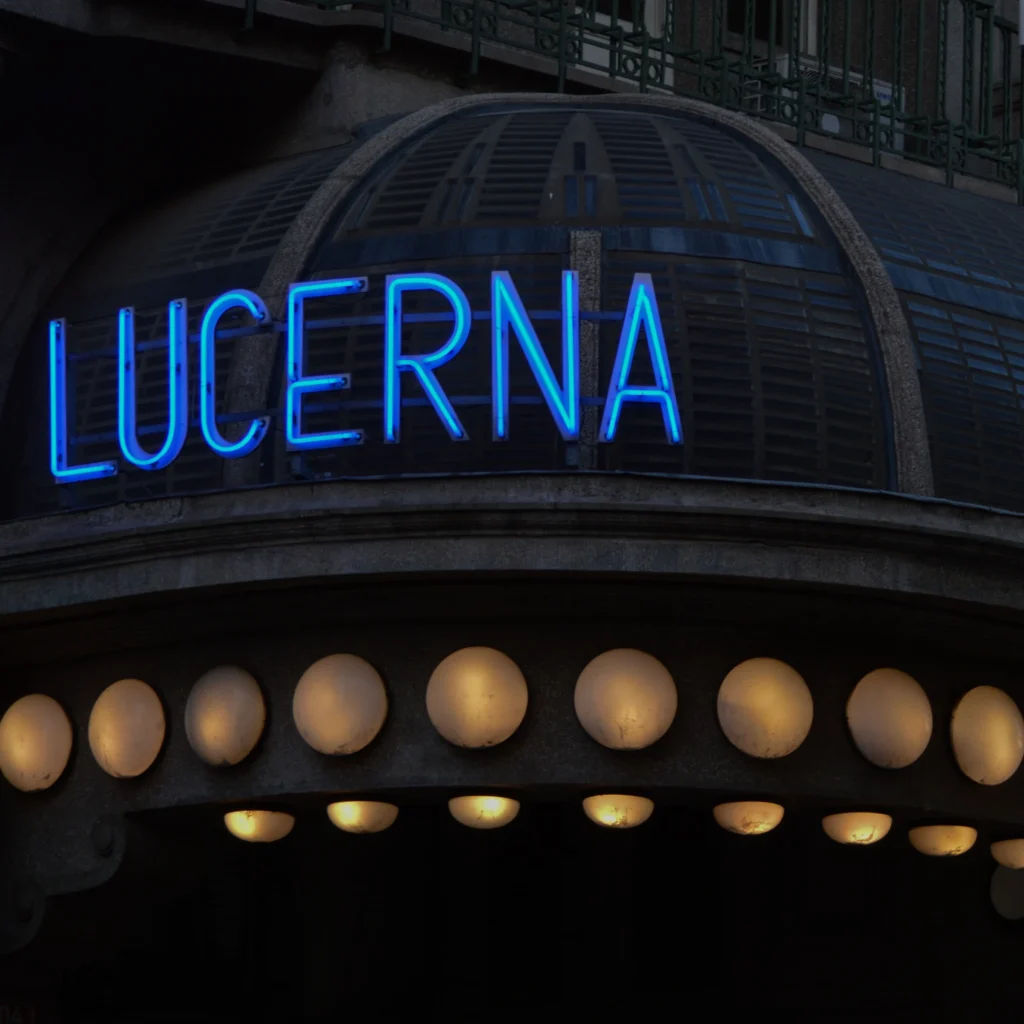
Louvre Palace and Jazz Club Reduta
Architect: František Buldra a Richard Klenka
Year of completion: 1902
The Velvet Revolution and Velvet Jazz. That’s one way to describe the Reduta Jazz Club, located in the Neo-Renaissance Louvre Palace. In its early years, Reduta focused primarily on theater productions with a musical element. Notable artists such as Jiří Suchý and Jiří Šlitr had their first joint performances here. The theater company of Jára Cimrman also operated at Reduta for two years. Over the years, Reduta transformed into one of the freest artistic scenes in Prague, and despite the strong opposition from the secret police, it later became one of the main centers of the Velvet Revolution. After 1989, the club entered a golden age and achieved worldwide fame. Throughout its history, renowned artists such as Chris Barber, the Glenn Miller Orchestra, Wynton Marsalis, and B.B. King have performed at the club.
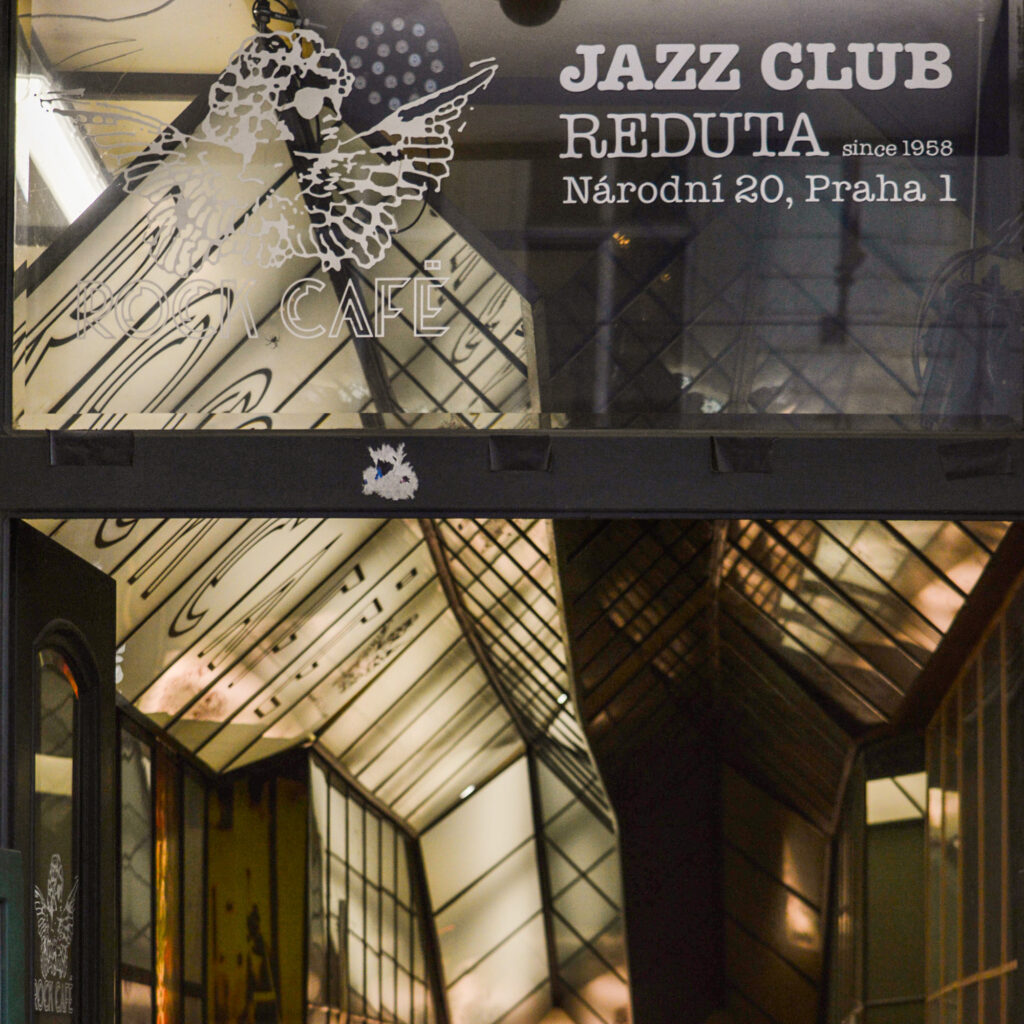
Rudolfinum
Architect: Josef Zítek a Josef Schulz
Year of completion: 1885
The idea to build a new cultural building named after the heir to the Austro-Hungarian throne, Archduke Rudolf, came from Česká spořitelna (Czech Savings Bank), which commissioned its construction to commemorate its 50th anniversary. In a public competition, the design by the renowned professors from the Prague Technical University, Josef Zítek and Josef Schulz, emerged as the winner. Rudolfinum is visually divided into two parts – exhibition spaces and a concert hall. The exterior is dominated by the gracefully curved southern main facade facing the square and the central staircase, adorned with allegorical sculptures representing secular and religious music. Inside, there is the famous Dvořák Hall with 1,200 seats, which has not always been exclusively dedicated to music. During the interwar period, the building became the seat of the Federal Assembly, and during the Nazi occupation, music once again echoed through its corridors, but for the purpose of Nazi propaganda. After more than 100 years since its opening, Rudolfinum underwent a reconstruction led by architect Karel Prager, who preserved the original character of the neglected building and restored its former beauty.
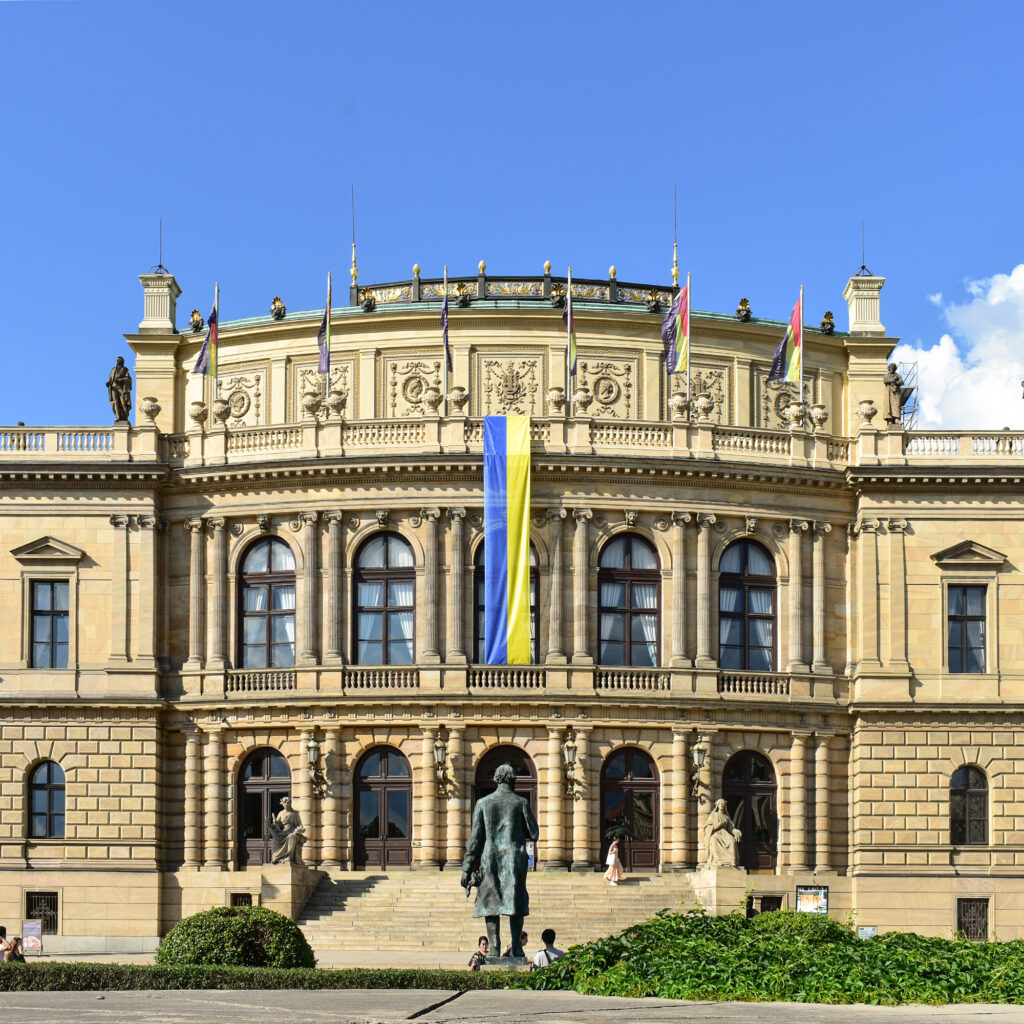
Stalin on Letná
Architect: Jiří a Vlasta Štursovi
Year of completion: 1956
Originally, the largest group statue in Europe stood here, depicting Joseph Stalin leading a procession of workers. Today, it is an outdoor cultural center. The history of this iconic site is intertwined with the monument to the first General Secretary of the Communist Party of the Soviet Union, marking the culmination of long-standing plans for a monumental ending to the axis leading from Old Town Square through Pařížská Street and Čechův Bridge up to the steep slope of Letná. The so-called “Front for Meat,” as the people of Prague fondly called the 15.5-meter-high granite statue by Otakar Švec, lasted only seven years in its place. It was then “secretly” demolished. The stark public space with monumental staircases, designed by the Štursova couple, remained empty until 1991 when the Metronome by Vratislav K. Novák was installed. Today, skateboarders race across the ashes of communism, and from spring to fall, the site is used for regular music productions and outdoor cinema screenings.

Zastávky mimo trasu
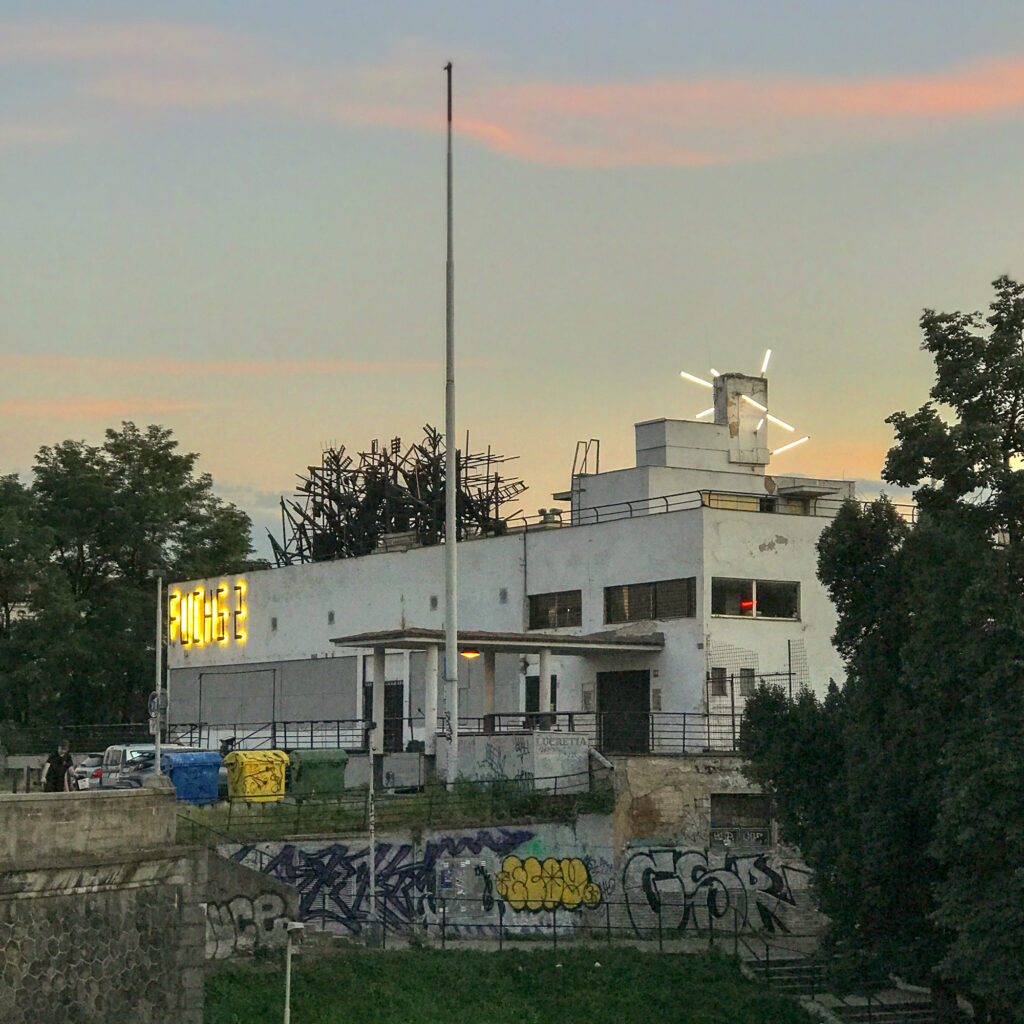
Fuchs2 Club
Architect: Josef Fuchs
Year of completion: 1932
The combination of functionalist architecture, ice hockey, and a music club? It was achieved in Prague on Štvanice Island. We’re talking about Fuchs Café and the now non-existent winter stadium with an artificial ice rink. It was here in 1947 that the Czechoslovak ice hockey team won their first World Championship. The stadium’s glory, however, began to fade after its roof was added in 1956. The last championship took place here three years later, and afterward, the stadium served only for public ice skating. Today, only the former café can reminisce about its great fame, as the renowned stadium was demolished in 2011 due to its deteriorating condition. A similar fate could have befallen the café if it weren’t for the enthusiasm of several Prague collectives who were not indifferent to the fate of this functionalist building from the 1930s. The current establishment, Fuchs2 club, has preserved the character of previous venues from the early 1980s when the building became a disco. Some may be surprised by its unique atmosphere, accompanied by an interesting music program. It is guaranteed to delight fans of electronic and alternative music, which Fuchs2 focuses on.

Garden route

Feminist route
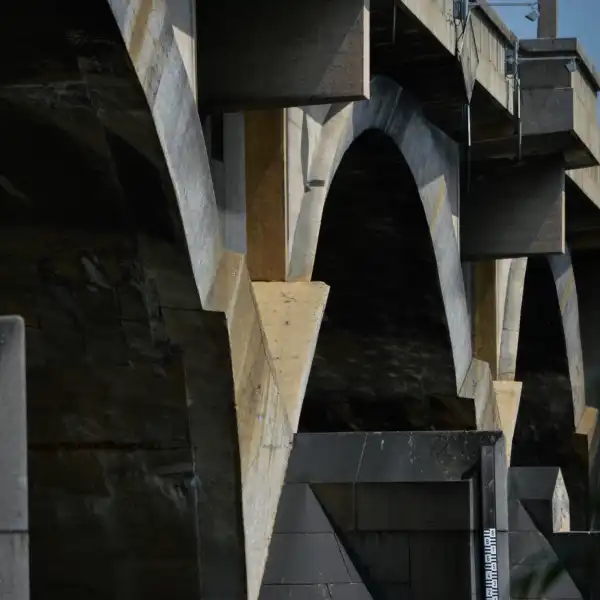
Bridge Route
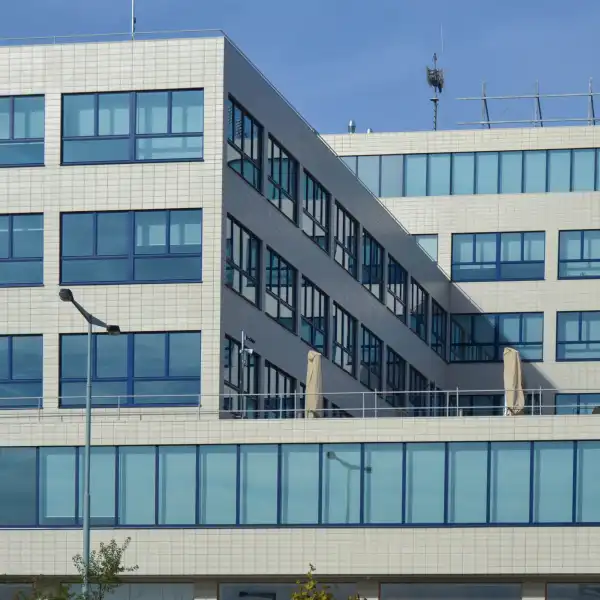
Functionalist Route

Passage Route

Church Route (1930s)

Prager’s Route

Inner Courtyard Route

Glass Route

Empty Route

Literary Route

Brutalist route
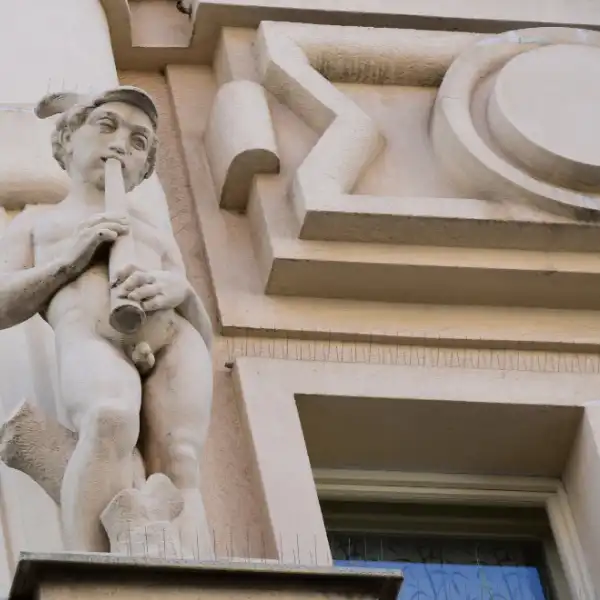
Rondocubist route
